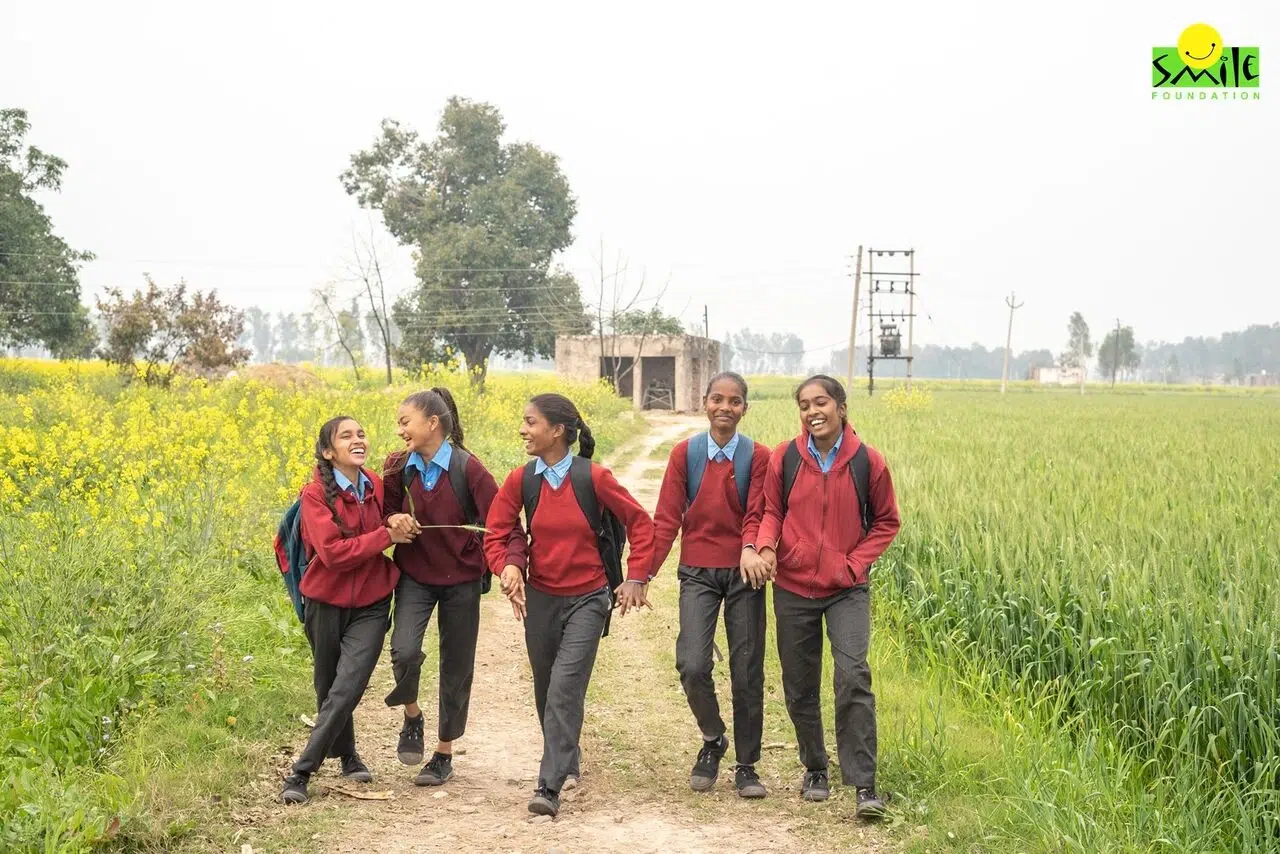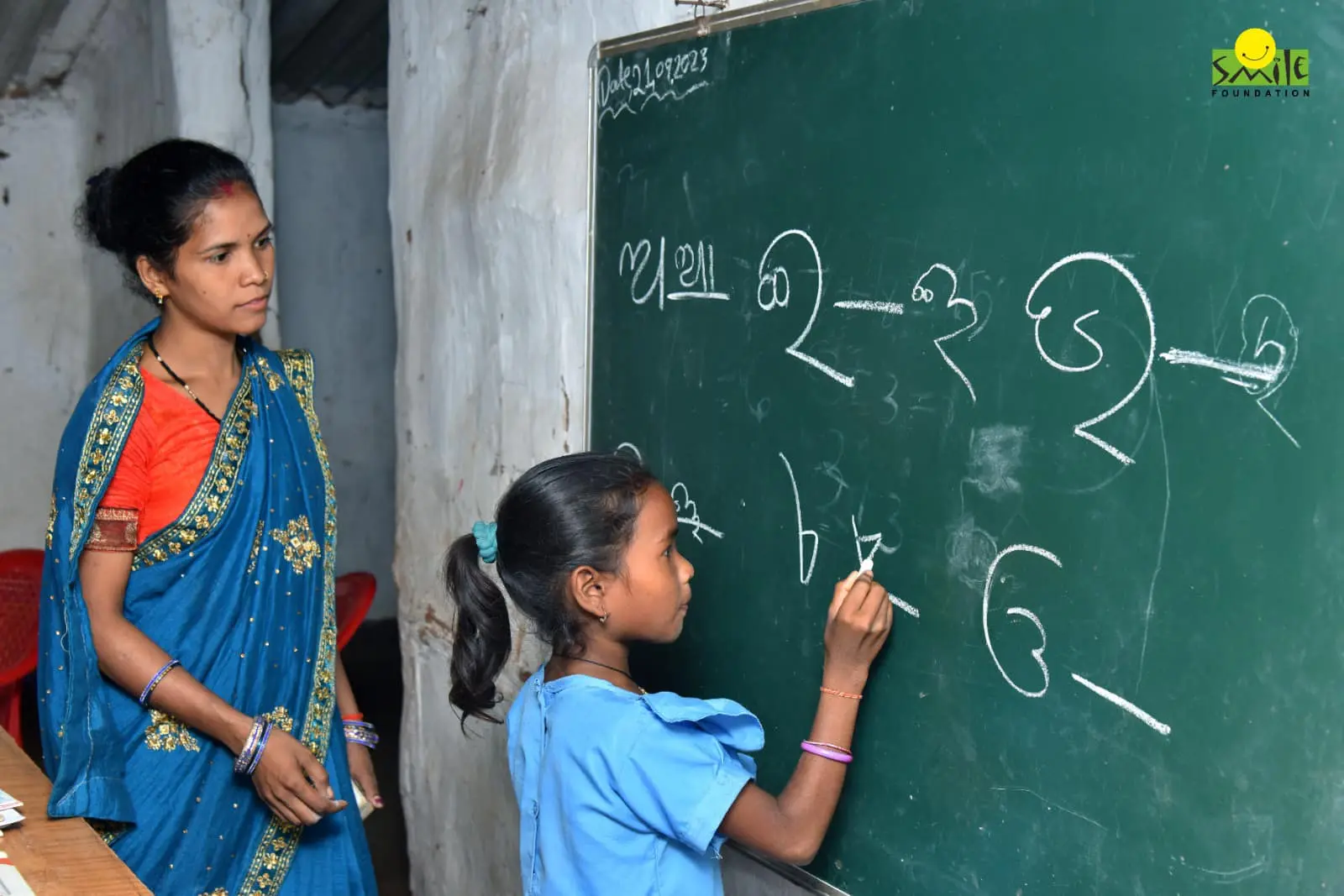When you think of your teachers from school or college, what comes to your mind? Was there a teacher who inspired you to take up a new hobby? Someone who gave you confidence when you were doubting yourself. Or a teacher who was like a friend – who listened to you and gave important advice. Teachers are present as mentors, guides and friends during the most formative years of our lives. This is why the role that they play becomes extremely crucial. A good teacher can shape the future of their students so that they grow up to become ethical, hard-working and empathetic individuals. A bad teacher, however, can set someone on a wrong trajectory.
India’s Guru-Shishya Parampara has highlighted the centrality of this role for ages. There are poems written in respect of one’s guru and mythological stories also establish the guru as a guiding light. A teacher’s influence on a student extends well beyond the classroom. They don’t just help the students to excel in their careers but also instil important values in them and shape their character. This is the reason why it is needed that our teachers are equipped with necessary skills to adapt with the changing times. A well-trained teacher creates a larger impact. This is why teaching our teachers is of utmost importance.
Schools and Teachers in India – Current State
India boasts one of the largest education systems in the world, with over 1.5 million schools and approximately 9.2 million teachers. Majority of the schools in this system are government-run and cater to a large majority of students not just in rural and semi-urban areas, but also in urban cities. However, the biggest challenge that these schools face is an acute shortage of teachers.
Also, the size of India’s education system and the population of the country offers both opportunities and challenges. This is because managing such a large number of schools, ensuring availability of resources, training of staff, and smooth functioning of classrooms can be a daunting task. Running this machinery needs a lot of checks and balances at each step, and a lot of reliance is on the shoulders of bureaucrats working on the ground.
There is a huge disparity between private schools, which are managed by a trust or a proprietor, and the government schools. Since private schools are motivated by revenues, they put a lot of emphasis on providing modern facilities both in urban and rural areas. However, government schools often take time in catching up with these changes. Even bigger is the problem of scarcity of teachers in rural schools.
Lack of Teachers in Government Schools
The recommended student-to-teacher ratio by the Right to Education (RTE) Act is 30:1 for primary schools and 35:1 for upper primary schools. However, the actual ratio in many schools is much higher that leads to overcrowding in classrooms and mismanagement. There have been reports that show entire schools in rural areas having only one or two teachers who teach multiple classrooms. They also have to make do with rudimentary infrastructure facilities.
This brings us to the bigger challenge of training and skilling of teachers. For a system to function in a robust manner, it is important that it stays updated with the latest trends in the industry. With the rapidly changing technology and new pedagogical techniques, there is a need for the teachers to be trained in new ways of teaching. However, India’s big education system is so busy dealing with basic infrastructural challenges that the aspect of teaching the teachers is easily left behind.
Importance of Skilling Teachers
Skilling teachers ensures that they are equipped to handle modern teaching methodologies, integrate technology into the classroom and address the diverse needs of students. Professional development programs help teachers stay current with educational trends and improve their teaching practices.
With the advent of digital technology, teachers need to be proficient in using them in the classrooms. This includes using multimedia content to teach, leveraging online platforms and games for collaborative learning, and implementing data analytics to track students’ progress. Moreover, there is a need for the teachers to be trained in a way that they understand social and cultural contexts, display critical thinking and are able to treat every student fairly. All this can be achieved by continuous skilling of the teachers.
Effective teacher training programmes focus on both pre-service and in-service training, ensuring that teachers are well-prepared before they enter the classroom and continue to develop their skills throughout their careers. These programmes cover various aspects, including subject knowledge, pedagogical skills, classroom management and the use of technology in education.
Workshops, seminars, online courses, peer-learning and many other methods can be used to keep the culture of learning and growing alive within the teacher community.
Ways to Enhance Teacher Training
Here are some of the ways that can be used for implementing a strong teacher training program:
- Blended learning – A mix of both online and offline training can go a long way in training teachers. They can understand the concepts through online courses. However, since teaching is a practical, hands-on experience, they can benefit from offline training and workshops.
- Mentorship programmes – Another good way is to identify experiences and skilled teachers who are doing a good work in their schools and pairing them with young teachers who can learn from them. This way, new teachers can have a mentor to go to and resolve their queries. It can also create a culture of self-motivated learning among the teachers.
- Continuous professional development – One of the trends which has taken the corporate sector by storm lately is upskilling and reskilling. It is because the employees know that they need to stay updated in the ever-changing market. A similar culture of professionalism can be nurtured within the teaching community by designing professional development programmes and creating necessary monitoring tools.
- Technology integration – As discussed above, digital learning is essential to running efficient modern classrooms. It is important that our teachers know how to use the digital tools and leveraging technology to enhance every aspect of classroom teaching-learning. Technology can help them to cut down on administrative work and focus on more creative tasks. Therefore, the need is to integrate technology in our schools and classrooms and provide necessary technical support to the teachers so that they can leverage this technology.
Conclusion
Teachers play a pivotal role in shaping the future of society. In India, the need for well-trained and skilled teachers is more critical than ever. With a large population of young people who are in schools and colleges right now, India can use their potential to ensure future growth. This can be achieved by creating teachers who can propel the students in the right direction. That’s why we need to invest heavily in teaching our teachers.









